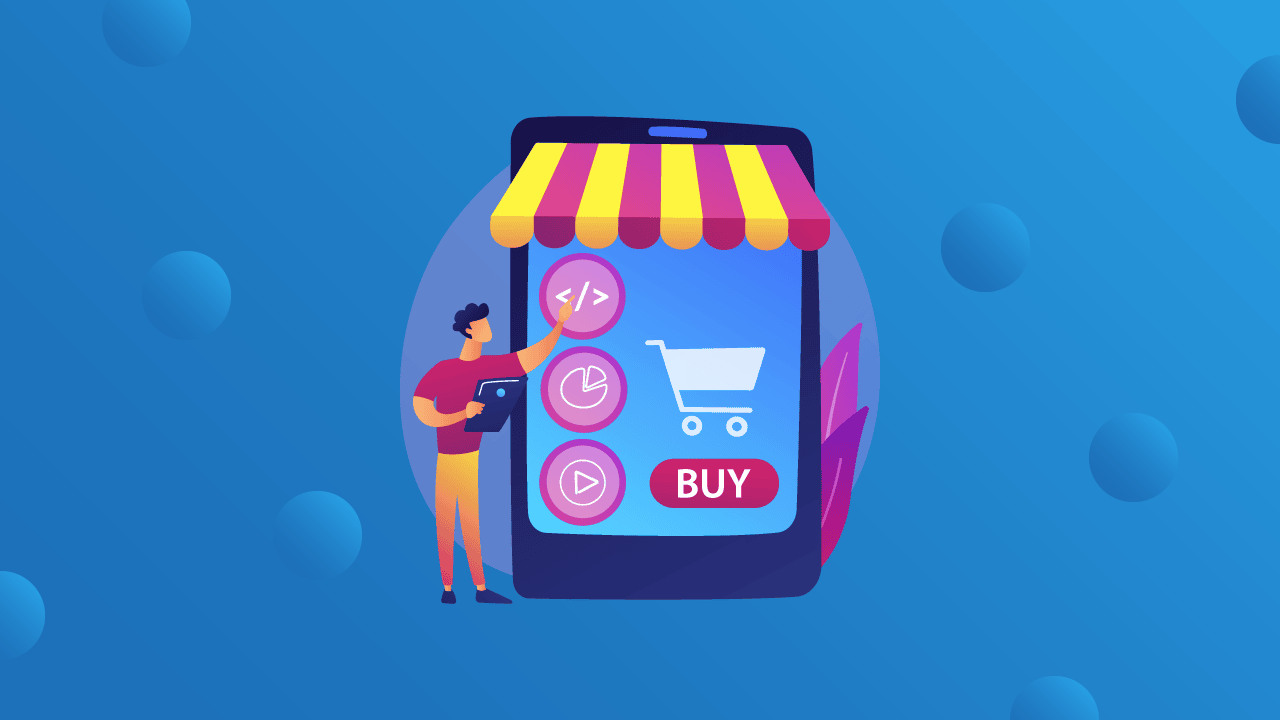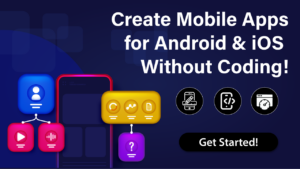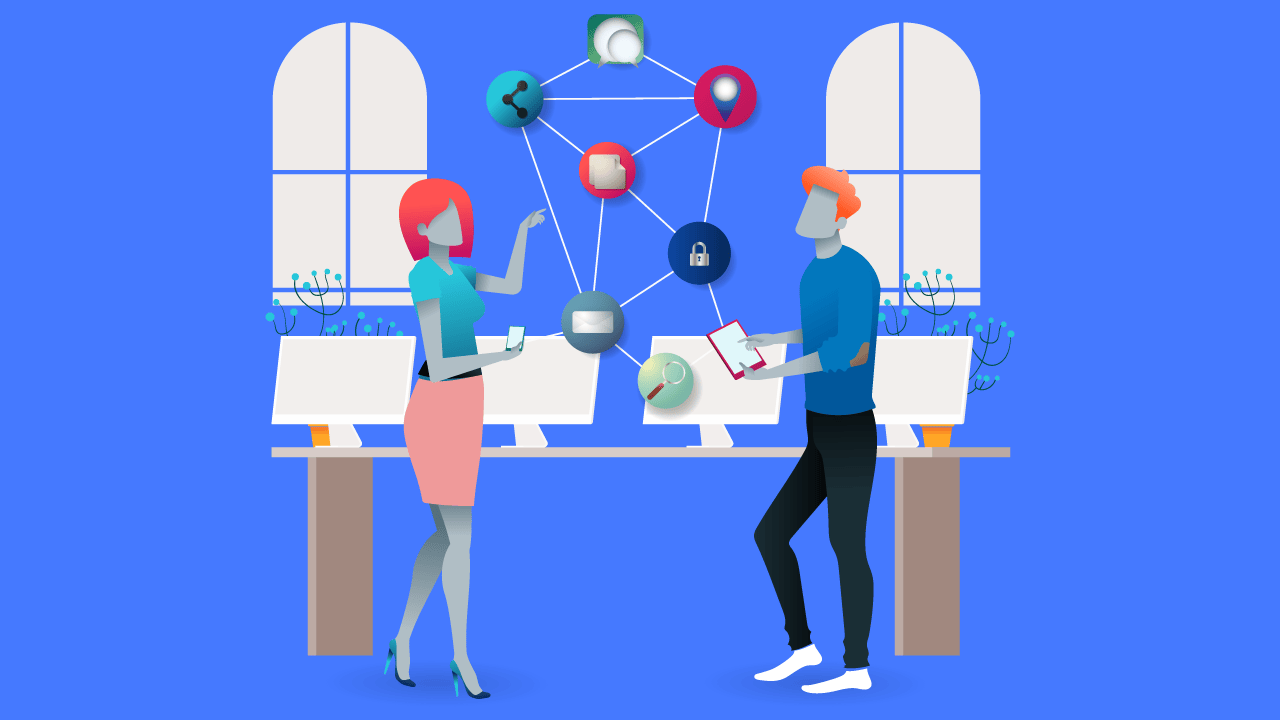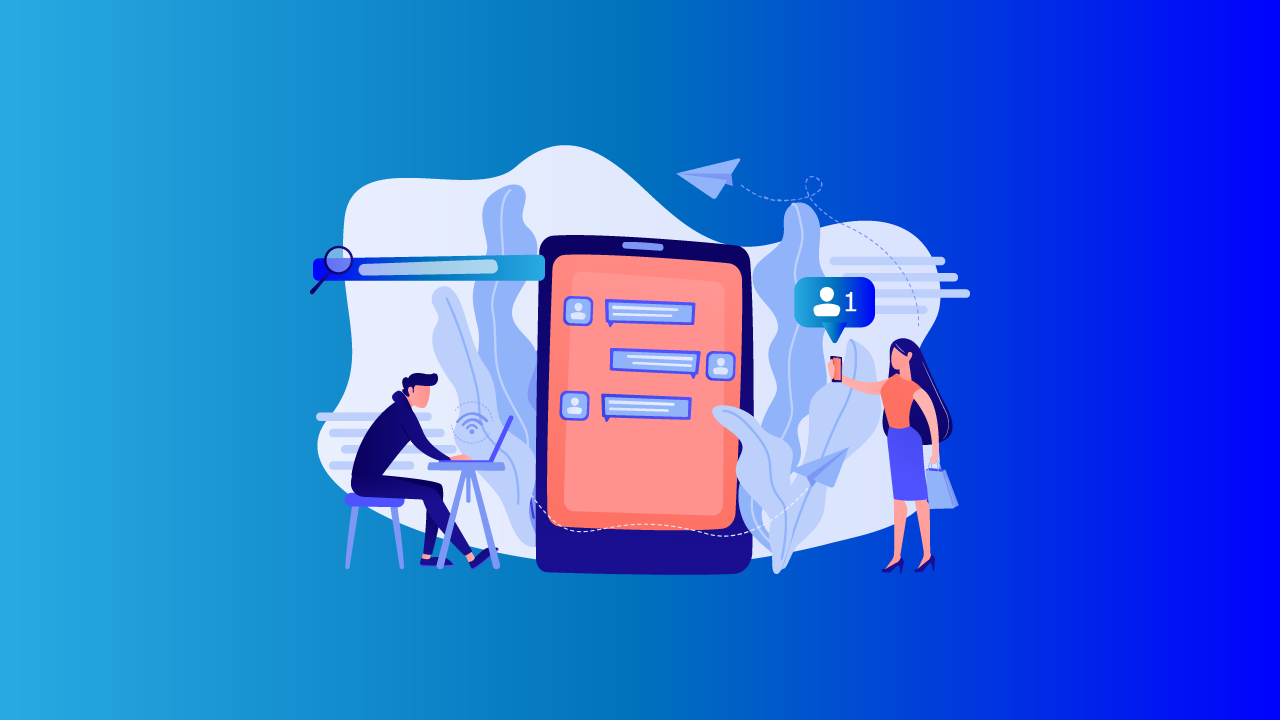The Google Play Store for Android and the Apple App Store for iOS are the two largest digital marketplaces for mobile apps, providing access to a massive potential audience. However, due to the high competition in these two major stores, it has become difficult for app developers to gain visibility for their apps.
This has led to a surge of new alternative app stores, made possible by the open nature of Android (which allows third-party app distribution) and the growth of the Chinese app market, where Google Play is not officially available but still can be accessed. These alternative app stores offer numerous benefits to developers and can be an essential part of their app marketing and distribution strategy.
Launching your app with alternative app stores can be part of your go-to-market strategy if you want to reach a specific audience. Knowing what type of users each app store caters to helps developers decide which platform best suits their app. For example, some stores may specialize in a particular genre of apps, such as games, utilities, or businesses, while others focus on specific geographic regions.
For instance, developers and publishers must use one of the Top Android app stores in China when targeting the Chinese market. Our app marketing directory has more information on different distribution services and channels.
With the number of app stores and developers increasing, appScatter’s online tool came to fruition to help those developers diversify their channels and efficiently reach their target user base. This tool provides developers with a comprehensive view of the app store’s landscape and offers metrics such as downloads, rankings, revenues, and competitor information. The appScatter platform provides insights into four main areas – Distribution, Tracking, Performance, and Intelligence.
“Due to a large number of app stores available today – more than 300 and counting – managing, distributing, and tracking applications across multiple platforms can be difficult and risky. If you fail to adhere to your mobile legal, compliance, and governance strategy, the repercussions could be severe to your financial and brand reputation.”
Alternative app stores can offer developers a more beneficial revenue share model than the 70/30 split provided by Apple and Google Play. While the profit split may be less generous, these stores can pay for downloads or even purchase ‘featured’ placement, which gives independent developers access to additional promotional tools. This is especially advantageous for those who need help working within the major stores’ stringent editorial control.
The mobile app industry is rapidly growing, and alternative app stores are becoming increasingly popular. This guide will provide an overview of the different mobile app stores by platform, manufacturer, location, and mobile operator. This will enable developers to make informed decisions about the best app store for them in terms of downloads, user numbers, and overall strategy.
Critical App Stores Data Points
- There are 3.3 million Android apps available on Google Play
- There are 2.2 million iOS apps available on the App Store
- MyApp (Tencent) holds 25% of the Chinese Android app market
- 360 Mobile Assistant has 15% of the Chinese Android app market
- Xiaomi App Store has 11% of the Chinese Android app market.
We’re beginning our list with Android app stores as they comprise the most significant and varied part of the mobile application sector.
Android App Stores
With the open platform approach of the Android mobile OS, apps can be distributed through multiple app stores. Over time, various OEMs adopted Android OS, spreading it among major mobile device manufacturers such as Samsung, LG, Xiaomi, and Huawei.
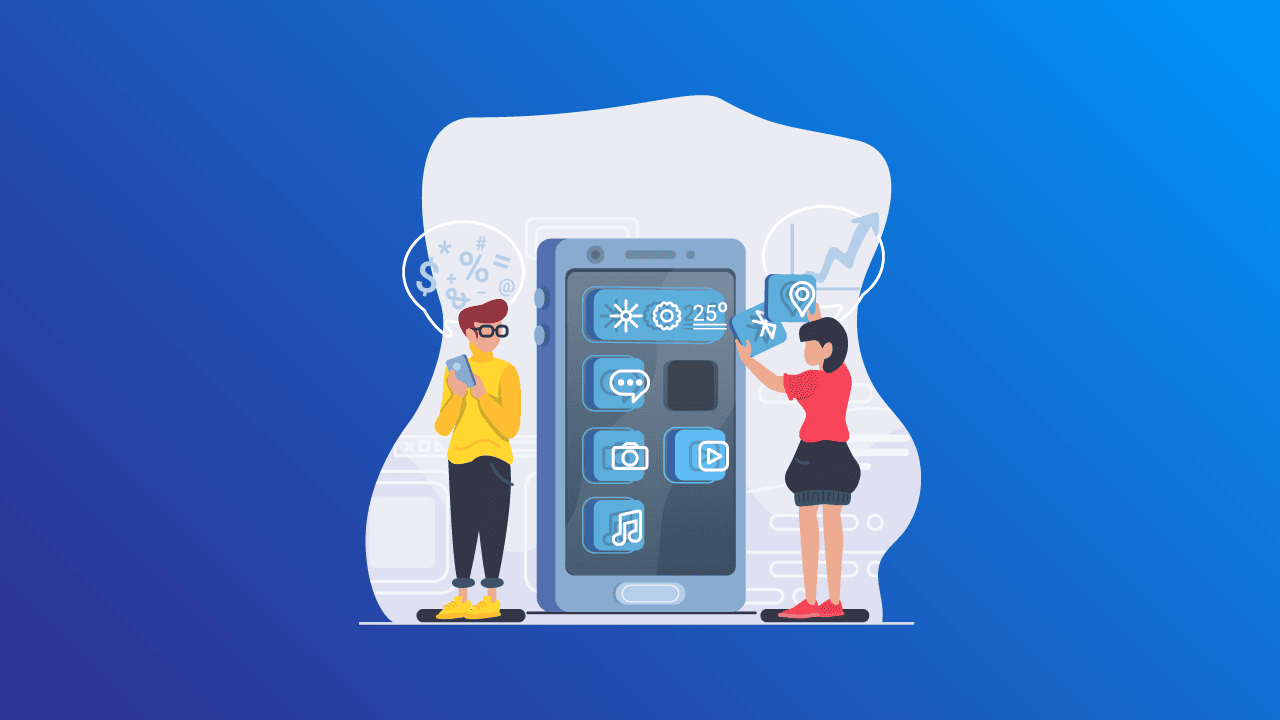
According to June 2019 statistics, five leading app stores are available: Google Play with 2.7 million Android applications, Amazon AppStore with 479,000+ apps, GetJar – an independent app store founded in 2005 with 850,000+ apps and was bought by Sunny Mobile in February 2014.
Our List of Android App Stores
- Google Play- Google Play is an Android app store operated by Google, boasting a massive selection of over 3.3 million apps in multiple categories and with top charts, guides for parents, and more.
- CodeNgo- CodeNgo provides bulk submission of Android apps to over 30 stores, such as Google Play, Opera, Amazon, Samsung, and others – with a dedicated section for submitting apps to the top Chinese app stores.
- AppBrain – AppBrain is an online Android market platform founded in 2009 by Mathijs Vogelzang and AppTornado. With the ability to directly install apps to phones, it has published 35 Android apps with a combined 50 million downloads from Swiss Codemonkeys.
- SlideMe- SlideMe, an app store founded in 2008 and based out of Seattle, provides a marketplace for Android apps and has been steadily building its user community. To ensure that “one Application Store can’t reach everyone, everywhere, with the applications they want,” SlideMe seeks to be a go-to hub for various apps that cater to specific audiences.
Cross-platform App Stores
The app world is not limited to iOS and Android; several other stores, such as Amazon and Windows Phone, offer millions of apps. Other platforms like Kongregate specialize in gaming apps, and Opera has cross-platform applications available on its browser. Plus, many content stores supply users with more than just apps – they also include music, wallpapers, and other items.
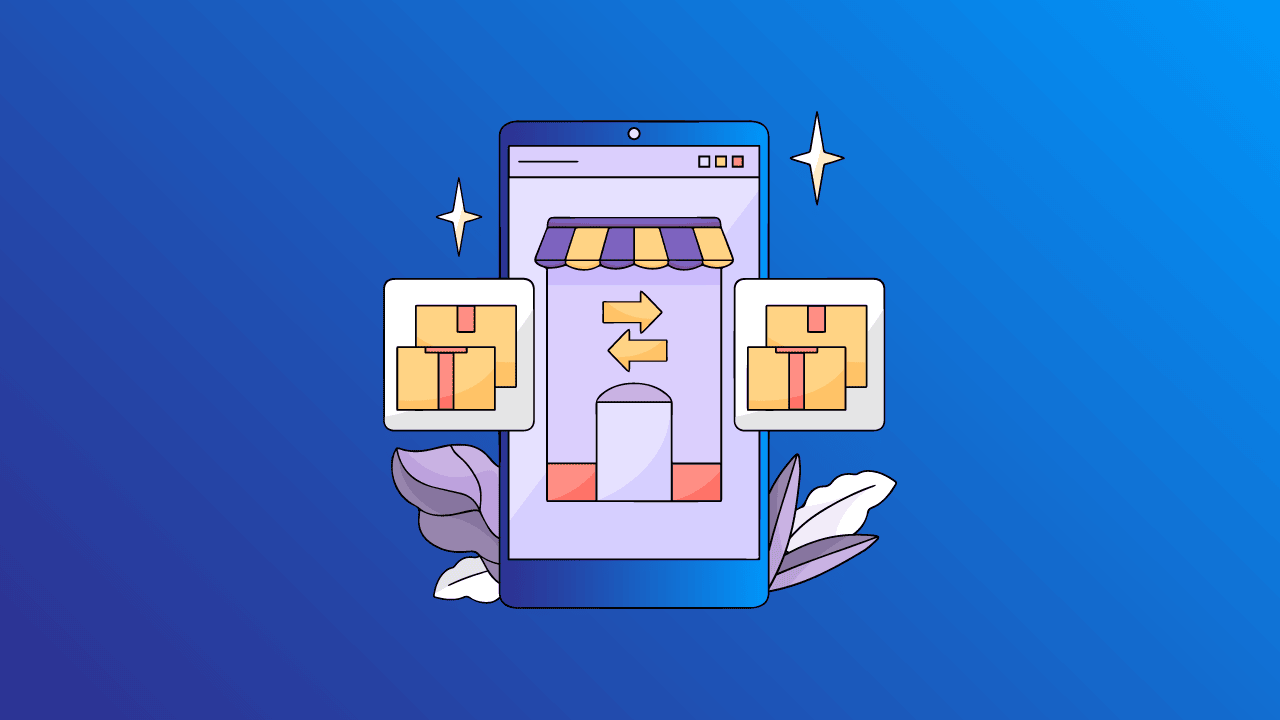
- Amazon’s app store for Android developers was released in 2011, making them a recognizable brand with the capability to draw users in. Due to their strict quality control process, the number of apps featured is smaller than other competitor stores. Every day, Amazon offers a free paid app or game, giving developers great exposure and users an easy way to find and install the app with personalized recommendations, customer reviews, and 1-Click payment options.
- Appszoom is an app store that has offered Android and iPhone app databases since 2009. It tests around 7,000 applications annually to ensure users have a bug-free experience. Additionally, it provides premium profiles for app developers to gain more product visibility. According to the owners, the site has about 3 million unique visitors every month.
- Appolicious, launched in 2009, is one of the oldest third-party app stores. In 2010, it joined forces with Yahoo! to curate a selection of top-notch iOS apps. Additionally, Appolicious owns the androidapps.com directory for Android applications.
- NexVa is a comprehensive app store on multiple platforms, offering a white-label product for mobile carriers, OEMs, and companies across different industries. It utilizes affiliates to generate traffic via cost-per-install (CPI) advertising solutions and proprietary APIs to monetize developers’ apps through mobile payments. Every app profile contains a description, rating, screenshots, supported platforms, and a review segment.
- Appland is a platform that provides both an app store and an app-store manager. It enables developers to create their stores and upload applications for free, which will be displayed in other developers’ stores. Appland comes pre-installed on operator three mobiles.
Top App Stores for iOS
Apple has established its App Store as a closed, moderated platform that only offers access to 2.2 billion iOS apps from the single app store. Users can search for apps through Google / Bing search engine and install them via the iOS App Store app. Furthermore, iPhones and iPads are locked with specific mobile operators, making it challenging to access alternative iOS app stores outside of Apple’s official App Store. Although some other options exist, as of 2017, few are available, and data is scarce about each option.
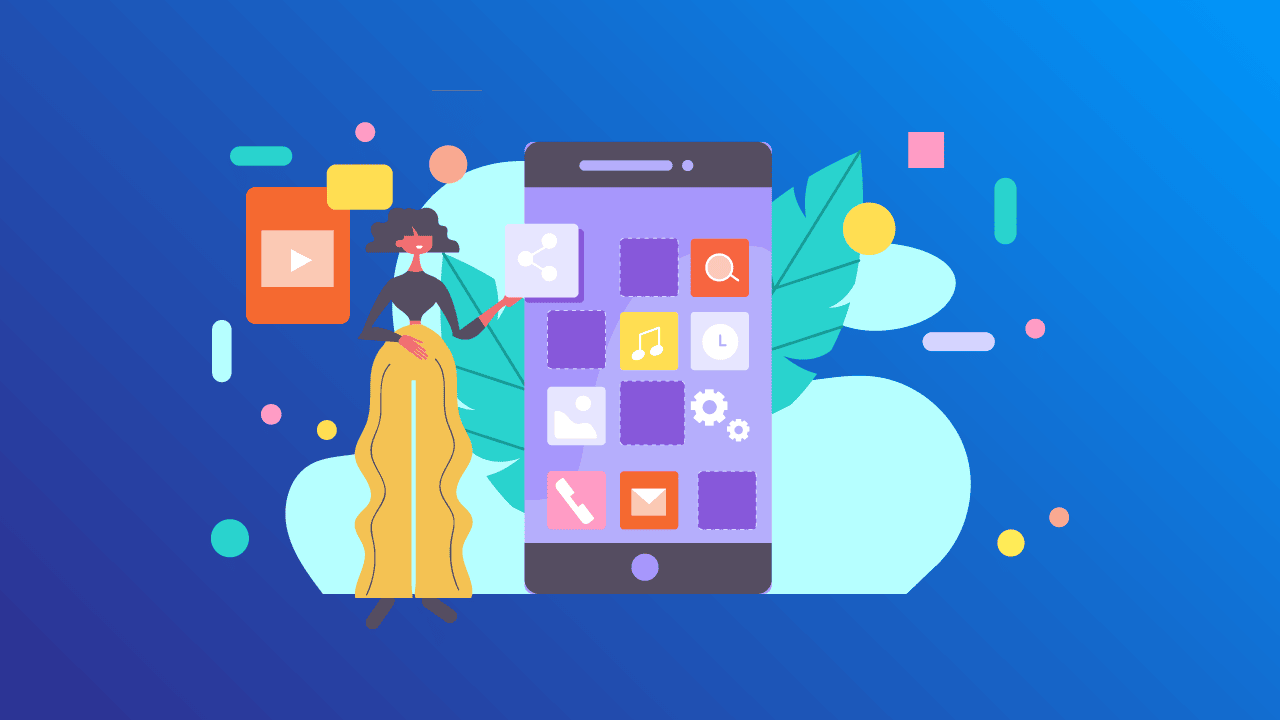
- Apple’s App Store is the only official source for iOS applications and benefits from its editor’s team’s review process, which typically takes about a day. From July 2008 to June 2017, there were 2.2 million total apps available for both iPhone and iPad, with an accumulated 180 billion downloads over this period.
- The number of apps has overgrown, from only 5,000 at the store’s launch in the summer of 2008 to 2.2 million by January 2017. Apple’s App Store is the only official source for iOS applications and benefits from its editor’s team’s review process, which typically takes about a day. From July 2008 to June 2017, there were 2.2 million total apps available for both iPhone and iPad, with an accumulated 180 billion downloads over this period. The number of apps has multiplied, from only 5,000 at the store’s launch in the summer of 2008 to 2.2 million by January 2017.
- Cydia is an app store that can only be accessed by people with ‘jailbroken’ iOS devices. It offers most apps for free but also has paid ones too. It is reported to have over 4.5 million weekly users.
BlackBerry OS App Stores
Blackberry is having a tough time, evidenced by its 130,000 apps, the fifth largest store by number. Recently Facebook and Whatsapp announced that their apps would no longer be available on the Blackberry Operating System. Consequently, anyone wishing to access these apps on a RIM-brand device must go through either store.
BlackBerry World: BlackBerry World is the official app store for BlackBerry devices. Recent models have adopted Google Play and are connected to Amazon’s app store.
Manufacturer-specific App Stores
Following Apple’s lead in creating an ecosystem with its App Store to keep customers within the same platform, other smartphone and tablet manufacturers have launched their version of app stores.
Although none of these stores come close to the size of the Apple App Store or Google Play, millions of Samsung, LG, and Lenovo phone owners still download apps from their respective app stores.

Samsung Apps: Samsung Apps is the official app store from Samsung Electronics that provides apps for Samsung Galaxy smartphones, Samsung Gear, and featured phones. It operates in 125 countries and supports Android, Windows Mobile, and Bada operating systems.
LG Smart World: LG Smart World is the official app store of LG Electronics, offering applications for mobile devices and smart TVs.
Huawei: Huawei also has its app store where users can download games and apps and access cloud storage solutions.
QUESTIONS AND ANSWERS
What is Apple’s App Store?
Apple’s App Store is the only official source for iOS applications and benefits from its editor’s team’s review process, which typically takes about a day. From July 2008 to June 2017, there were 2.2 million total apps available for both iPhone and iPad, with an accumulated 180 billion downloads over this period.
What is Cydia?
Cydia is an app store that can only be accessed by people with ‘jailbroken’ iOS devices. It offers most apps for free but also has paid ones too. It is reported to have over 4.5 million weekly users.
How many apps are in the BlackBerry OS App Store?
The Blackberry OS App Store has 130,000 apps, the fifth largest store by number.
What are some manufacturer-specific app stores?
Some manufacturer-specific app stores include Samsung Apps, LG Smart World, and Huawei. These app stores offer games, apps, and cloud storage solutions for the respective mobile devices.
How does the Android ecosystem differ from other app stores?
The Android ecosystem is different because apps can be installed from several sources rather than just its official Play store. Developers should consider releasing their apps on multiple stores and researching each store’s features before doing so.
What is the most popular app store?
The Apple App Store is currently the world’s largest, with over 2 million apps available for both iPhone and iPad. It has also seen over 180 billion downloads since 2008. Google Play follows closely behind, with 2.8 million apps available and over 82 billion downloads since 2012.
CONCLUSION
Today, the mobile app ecosystem is primarily governed by the duopoly of iOS and Android mobile operating systems. Apple’s iOS App Store and Google’s Google Play store are leading app stores. Because of Android’s open design, apps can be installed from several different sources rather than just the Play store. The world market has grown to rival. Android app developers should take a wise approach when distributing their apps by releasing them on multiple stores and researching each store’s feature set.
Are you ready to take your mobile app business to the next level? With Mobiroller, you can easily leverage the App Store Listing of Android, iOS, BlackBerry and other leading app stores. With Mobiroller, you can access advanced tools such as App Analytics and App Discovery to help track essential metrics and gain valuable insights into customer behaviour. Sign up now to start tracking your App Store Listing and App Discovery today!


